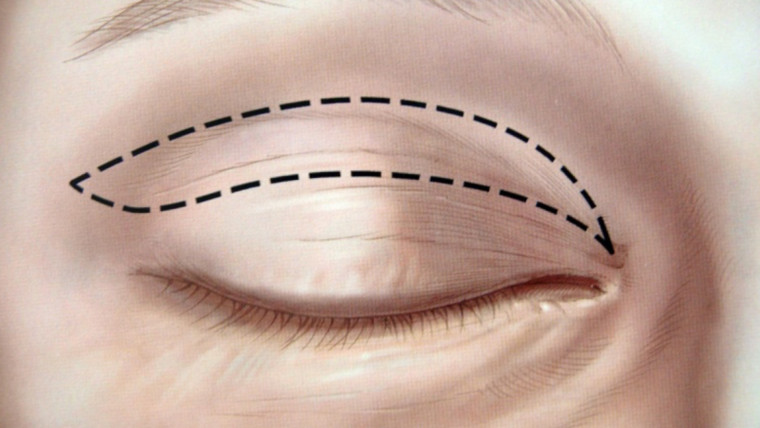Benign brain tumors are primary, noncancerous tumors. Their growth is much slower and they are usually respectful of nearby brain tissue, but they can produce symptoms and can evolve over time. The neurosurgeons at Instituto Clavel explain here if it is necessary to operate on a benign brain tumor or not.
The answer to whether a benign brain tumor must be operated on is not simple, even if it is given to us by one of the best neurosurgeons in Spain. To do it correctly, you need to start at the beginning.
The first thing to understand is that brain tumors can be classified histologically as benign or malignant, depending on the type of cells of which they are composed.
The characteristics of each are as follows:
Benign tumors: they have a slower growth, are non-invasive (without destroying tissue) and more respectful with the adjacent tissue.
Malignant tumors: their growth is fast, and they are destructive.
Benign tumors originate from cells within or near the brain and are given a more specific name based on the cells in which they originated.
To determine if a tumor is benign or malignant with certainty, it is necessary to have a sample of the tumor. For this reason, when image tests leave doubts as to the nature of the tumor, the choice is to perform a tumor biopsy.
If the tumor is determined to be benign, it is important to note that not all lesions of this type are stable over time. This means that they can change and become malignant, especially in certain tumor lines that are more prone to it. In fact, some malignant lesions begin as benign. Furthermore, like malignant tumors, many of them produce symptoms that have negative impacts on the affected person’s quality of life.
However, there are some cases where benign tumors are asymptomatic and are discovered incidentally during a study for some other reason. In these patients, it is sometimes decided to do strict regular controls to rule outgrowth and to be able to act before it becomes too large or produces symptoms. This is possible because benign lesions usually allow more time to schedule elective resection surgery if necessary.
IN WHICH CASES IS SURGERY THE CHOICE?
Regardless of the malignancy of the lesion, there are tumors that must always be operated on. This is so because in the brain — where there are areas such as area that controls speech, the motor cortex or the cranial nerves — some lesions, however small, can cause serious problems that are difficult to recover from.
In general, any benign tumor at risk of malignancy, showing signs of active growth, or causing symptoms is a candidate for surgical resection.
A key aspect to consider is the location of the tumor. If it is located in a critical brain area or is in contact with sensory or vascular structures where there is a high risk of lesion causing functional disability, or threat to vital functions, surgery is the only option, especially if the patient’s neurological functions begin to be affected.
However, a complicated location of a benign tumor, whose surgery presents a high risk of significant negative aftereffects, may be the reason why it is sometimes preferable to wait for the benign tumor to show signs of activity before intervening at the surgical level.
PATIENT AGE, A DETERMINING FACTOR
When the diagnosis is made in an elderly person and the risk of neurological damage outweighs the functional benefit or improvement of life expectancy, conservative treatment is chosen. It should be borne in mind that certain benign slow-growing tumors, such as meningiomas, can calcify over the years and spontaneously stop their growth.
At Instituto Clavel they have been offering their patients the best and most advanced neurosurgery treatments for more than 20 years. They have the best surgeons in Spain, who are gifted and highly experienced. This allows Instituto Clavel to offer the patient maximum security during surgery.



